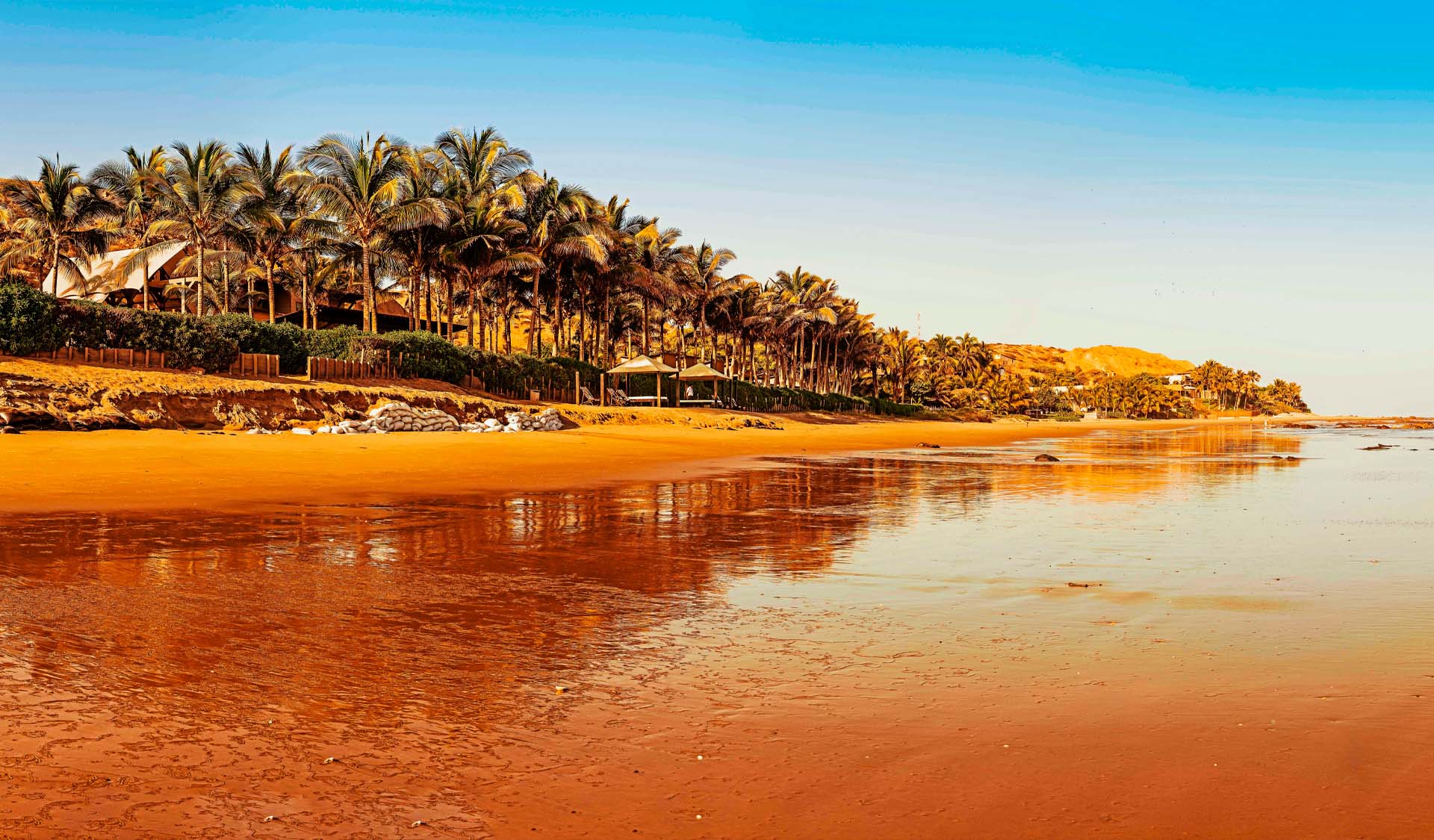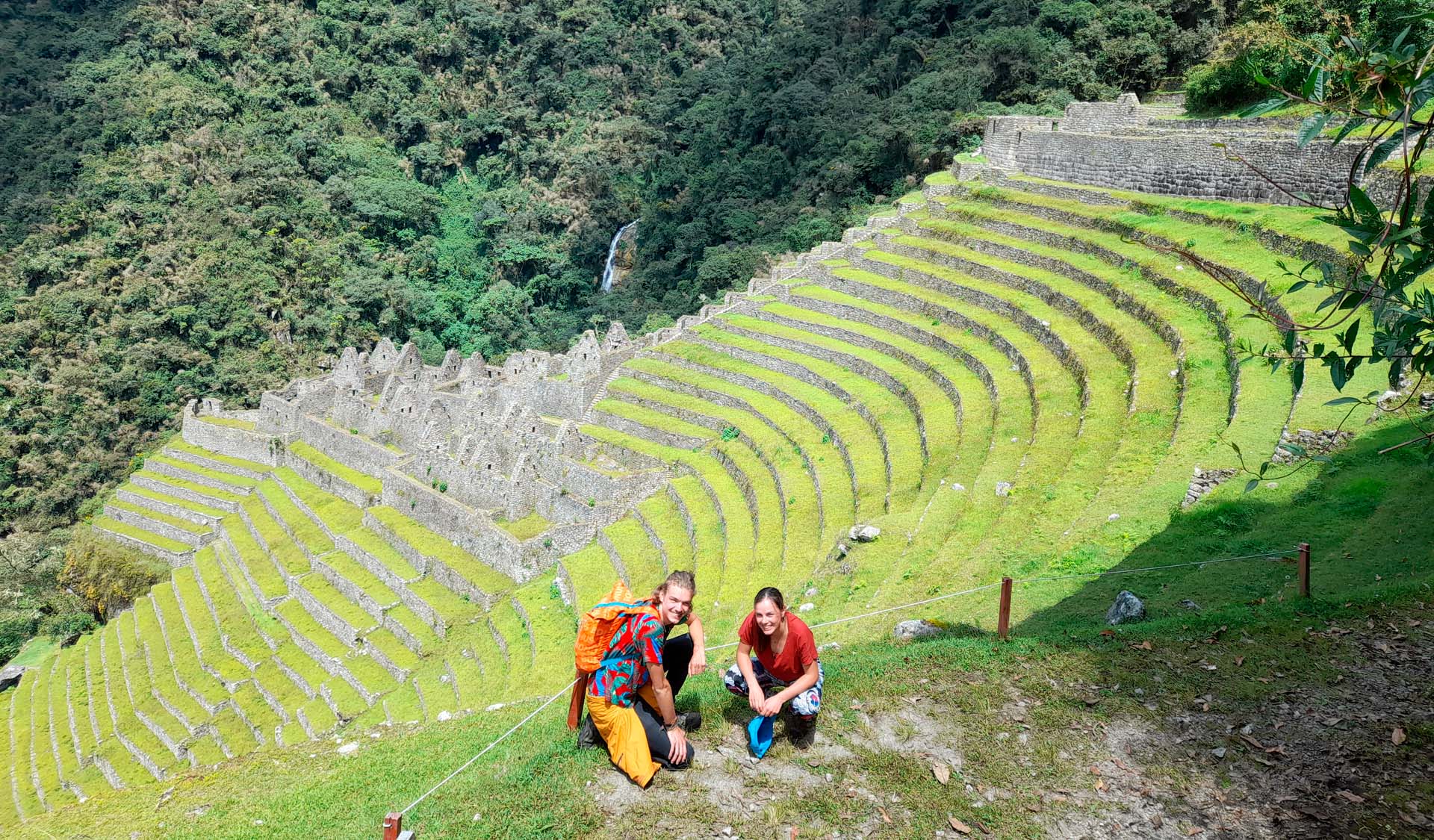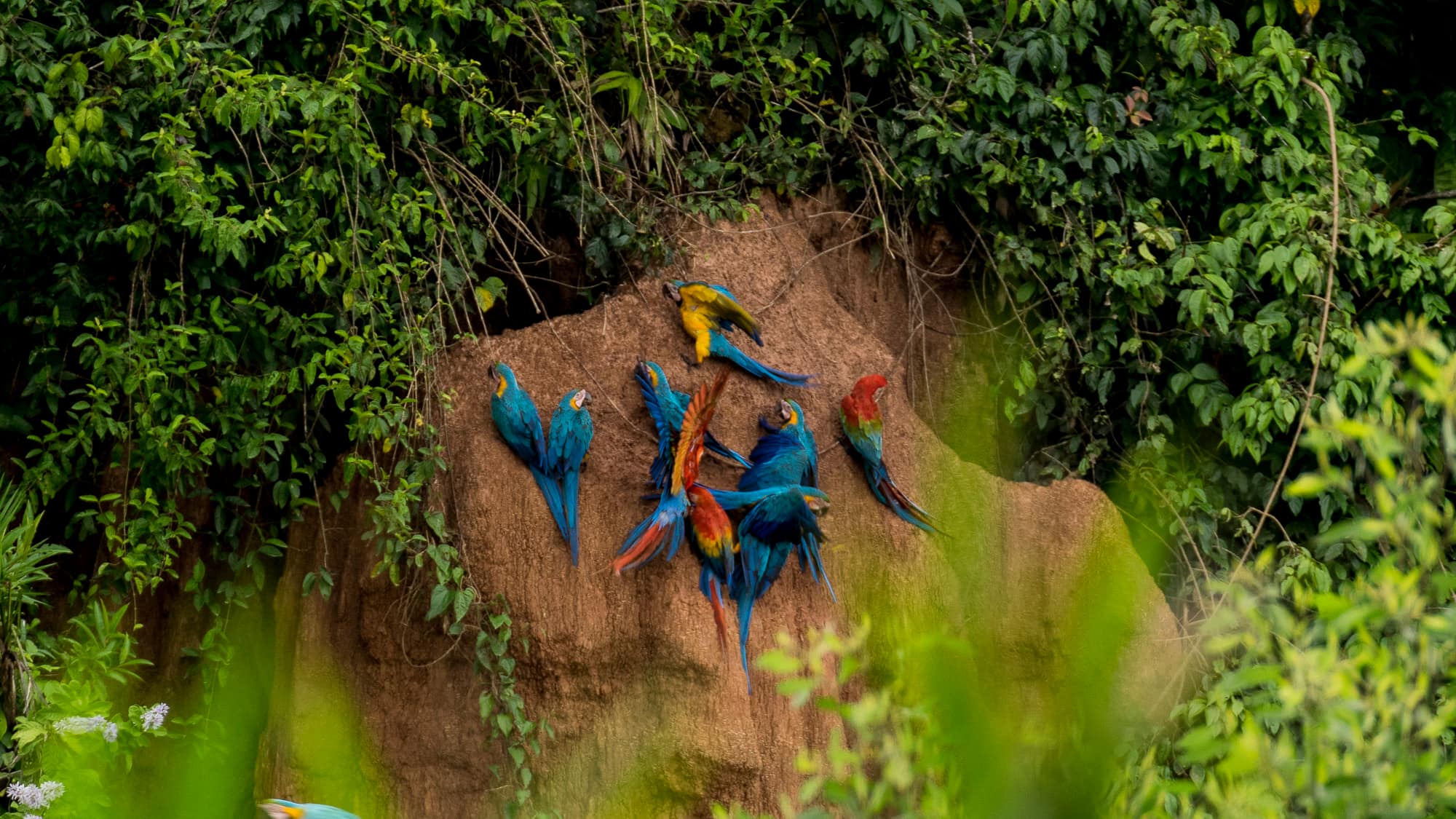The Ultimate LGBTQ+ Peru Travel Guide
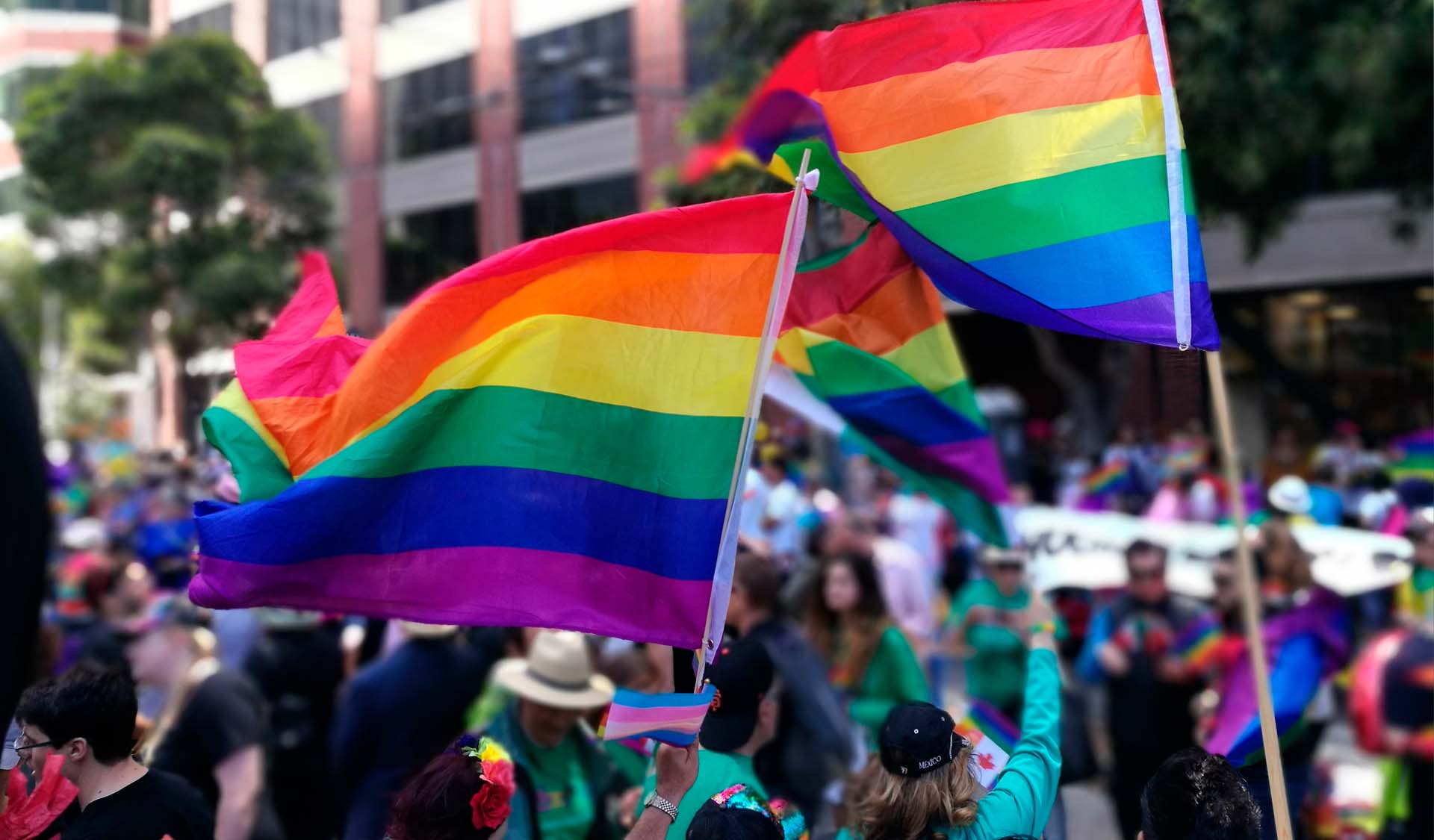
Peru is a beautiful country with a rich history and a friendly population, so any traveler will enjoy immersing themselves in the culture here. You’ll also find that a surprising amount of the country has been designated as UNESCO World Heritage sites. But how is it to travel Peru as a member of the LGBTQ+ community?
There are so many things that draw tourists of all kinds in, from the Andes mountain range to Machu Picchu, to the Amazon Jungle trips. But the true beauty of the country comes from its people, who are, on the whole, welcoming and accepting.
However, Peru is not the most progressive country in South America when it comes to LGBTQ+ rights.
While same sex activity has been legal in Peru since 1924 and discrimination against LGBTQ+ people was banned in 2017, it is still a broadly conservative Catholic country, where attitudes towards LGBTQ+ people tend to reflect Catholic teachings. There have also been considerable political challenges to the anti-discrimination law, but the current president has vetoed any attempt to weaken or remove the law so far.
For these reasons, LGBTQ+ folks will likely prefer to use discretion when visiting Peru, but it should not discourage you from traveling here, especially because the country has two of the most gay friendly cities in South America: Lima and Cusco.
Why Visit & When to Go
From gay owned and operated businesses, to gay friendly cafes and restaurants in Lima, Arequipa and Cusco, to gay bars and clubs in Lima and Cusco. While some smaller towns and areas may hold more conservative views, the larger and more tourist-centric cities, people generally won’t bat an eye at you being yourself.
Now, onto Peru and what you can expect: Peru’s natural landscapes are very diverse, so diverse in fact that it has 28 individual climates. This means that when you’re deciding about the right time to visit, you should also take into consideration what part of the country you will be traveling to and what you want to do while there.
If you are looking to do any sort of outdoor activity (trekking, sailing) or you want to visit the Inca ruins around Cusco, then you will be best off traveling between May and September, which is the dry season in Peru. Gay Pride in Cusco is held in July instead of June, because June is a big celebratory month for the Incan holiday of Inti Raymi.
The December to March period is Peru’s summer and naturally, is hotter. Unfortunately it is also the rainy season in the highlands. This means you can expect frequent and heavy rainfall in the mountains, making it harder and less pleasant to participate in any kind of outdoor activity.
Lima and coastal areas generally don’t rain, but the humidity in these months is a lot to deal with and unless you absolutely LOVE hot heat, it might be best to wait a few months.
The other months are often unpredictable weather wise, so the best advice is to research past years’ weather in the location you’re visiting. While it is slightly less pleasant to visit during the rainy season, if you’re up for braving a few rainfalls it’s still absolutely worth the visit.
With fewer crowds and warmer weather, you can still have a fantastic time- try to avoid February though, as this is the rainiest month and when a lot of treks are closed owing to the risk of landslides.
Interesting Cities
Arequipa
Arequipa is the second most populous city in Peru, and is surrounded by three volcanoes like el Misti, Pikchu Pikchu, and Chachani. The center of the city is a UNESCO World Heritage site, granted the honor for its unique architectural style, known as Escuela Arequipeña.
The style, which features Spanish colonial churches built in a traditional Peruvian way, can be best seen as the Santa Catalina Monastery, the Basilica Cathedral, and the Church of the Jesuits.
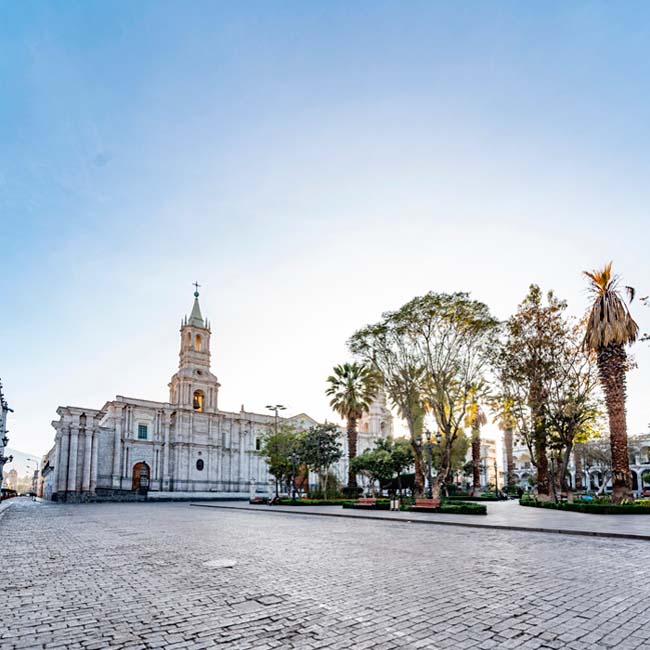
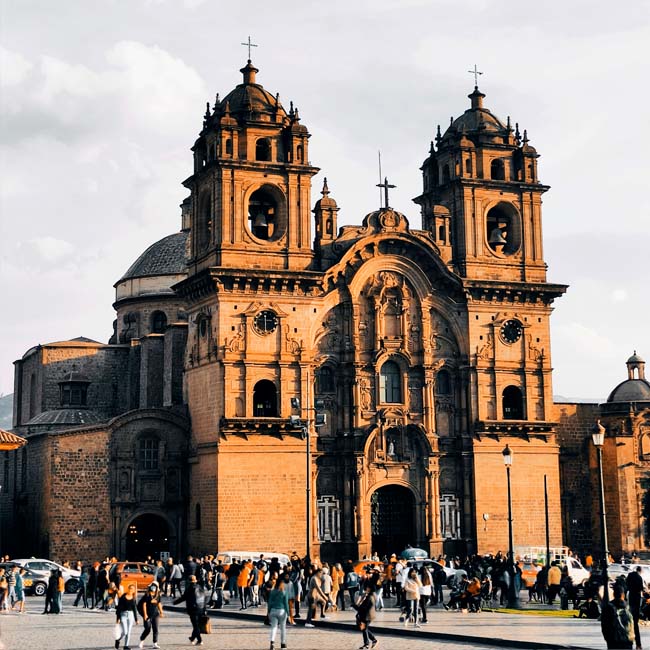
Cusco
This was the capital of the Inca Empire until the Spanish conquest in the 1500s and, as such, is also a UNESCO World Heritage site.
This rich history is why most tourists visit Cusco, so they can see the walled complex of Sacsayhuaman, Rainbow Mountain or Machu Picchu (one of the new seven wonders of the world). Cusco is also home to several museums, including the Cacao and Chocolate Museum.
Although, we have to get one thing straight and two things gay: You’ll see a lot of rainbow flags here, but they’re not usually Pride flags. They’re actually more likely to be the Incan Empire flag, which, coincidentally is also a rainbow. This one has a big gold medallion in the middle of the flag thought.
Lima
There’s so much to do in Lima that you could probably stay for a year and still not see everything. There are dozens of museums, focusing on everything, so pick your poison. Science, art, history, and archeology are all readily available. Couple this with a decent nightlife scene, and yet another UNESCO World Heritage site in its historic center.
The capital of Peru is also, unsurprisingly, an LGBTQ+ hotspot, with enough bars, clubs, and saunas to keep everyone happy. Here you can literally party all night and into the morning. Recommended venues include Valetodo Downtown, Lolita Bar, Legendaris, and Sauna 240Club.
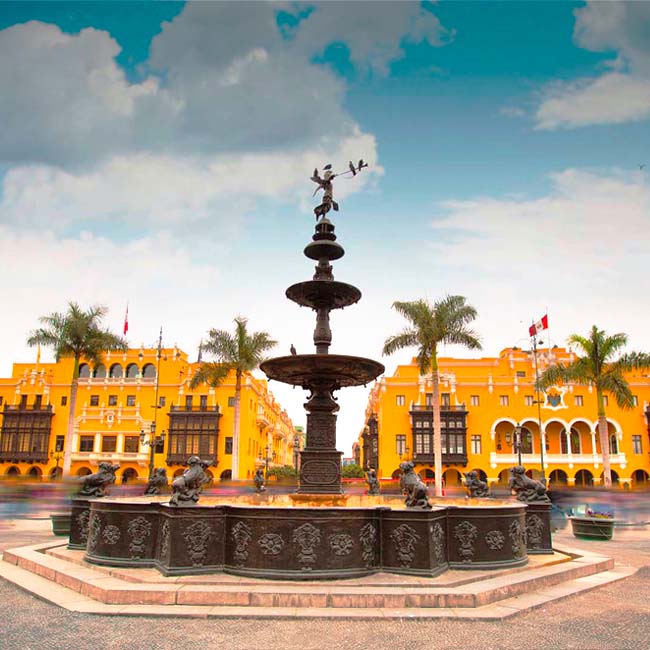
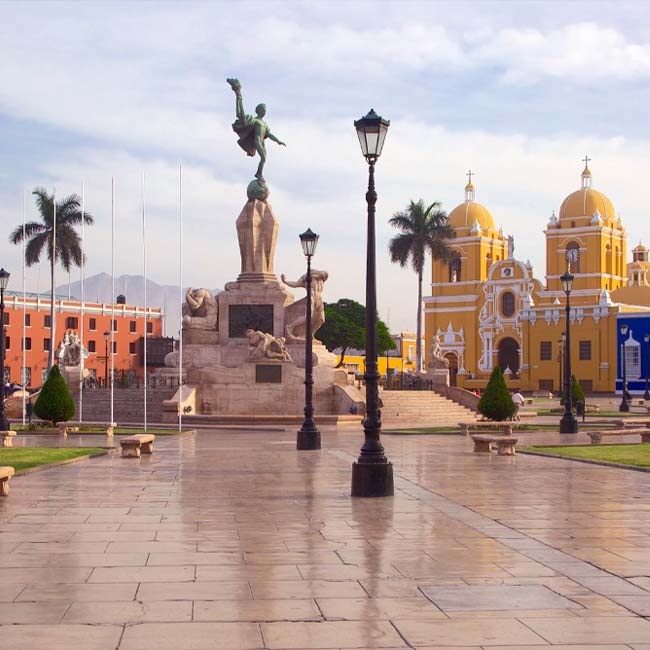
Trujillo
The largest city in the Moche Valley, Trujillo, is full of Spanish charm, with marble plazas and colorful churches all around. Despite its appearance, Trujillo actually played an important role in the fight for Peruvian independence, seceding from the colonizers two years before Peru as a whole.
It’s also close to two pre Columbian monuments; Chan Chan, the largest adobe (mud brick) city at the time of its creation, and Huaca del Sol, the largest adobe pyramid in Peru.
Those looking for celebrations, rather than history, will enjoy the Marinera and Spring festivals, where dancing, music, and parades are brought together.
Puerto Maldonado
This is the best city to explore the Amazon jungle from. Here you can easily access the Amarakaeri Communal Reserve, the Bahuaja-Sonene National Park, and the Tambopata National Reserve in order to see exotic animals, like the spectacled bear, or even meet some Peruvian tribes people.
Previously, you could only get to Puerto Maldonado by boat – it straddles the Tambopata and Madre de Dios Rivers just before they join the Amazon River but it has recently been linked up to the road network, allowing more tourists to visit.
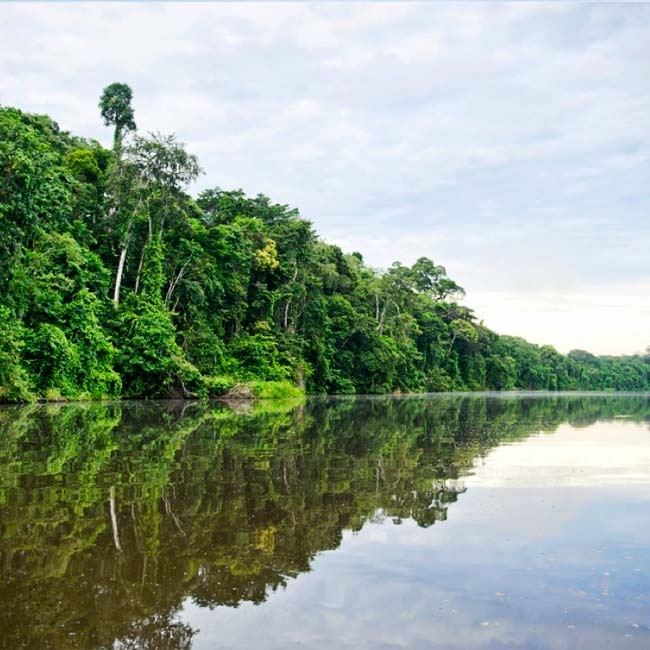
Country Attractions
Adventures Tours and treks By Orange Nation Peru
If you want to experience Peruvian culture and history in a short time frame, then this 4 day tour is just the ticket. You will travel to Lima, Cusco, and the Sacred Valley to see the ruins of the Incan Empire, explore beautiful towns, and see incredible architectural feats.
You will be immersed in the Peruvian culture, by joining interesting locals for a feast, watching traditional dances under the stars, and even getting involved in local crafts at the Pisac Market and during a traditional weaving demonstration.
There’s even a Urubamba River Raft Trip for those that enjoy the adrenaline rush.
Huacachina
This small oasis town is just a drive from the city of Ica. It looks just like a mirage that you might see if you were lost in the desert. Here you can take enough stunning Instagram to make your friends jealous, take a dip in the lake, dance the night away, and even sandboard. (It’s snowboarding, but on sand.)
There are plenty of options for accommodation for every taste as well, whether you’re interested in a more social party vibe, or just want to chill by the pool in a nice spot.
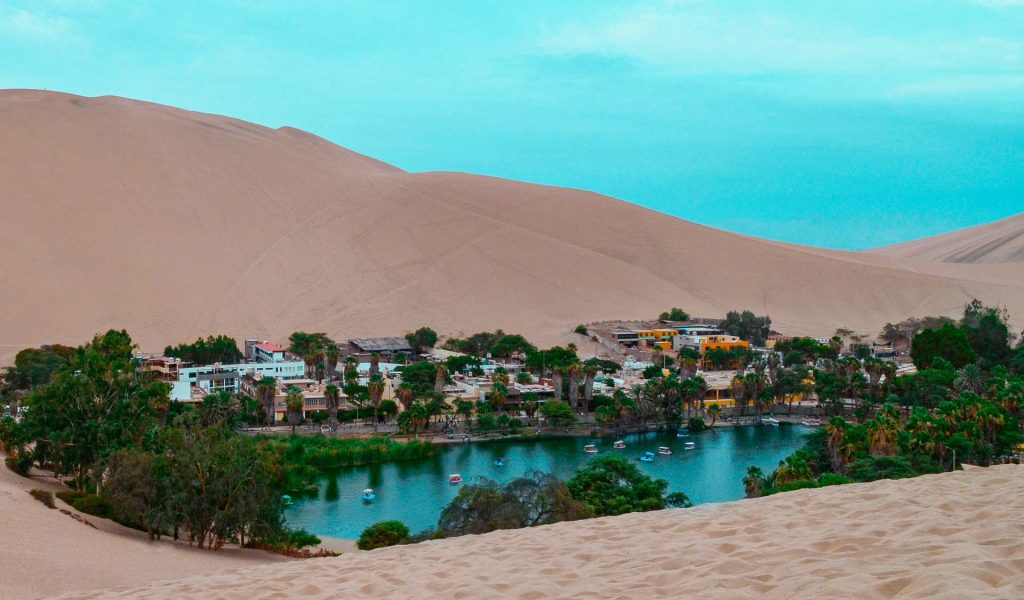
Nazca Lines
These centuries old rock carvings on the Nazca Area, Peru, cover 19 square miles of the Nazca Desert and feature incredible designs of animals, humans, and plants. These carvings are best viewed from the air, or failing that, from the surrounding foothills.
Many researchers believe the carvings had a religious significance to their creators, but it is still unknown exactly what that was or how they were made. Some people even float the idea of this being the work of aliens.
Sacred Sites and World Heritage trip
This incredible tour, hosted entirely by local guides, takes you through all of the wonderful cultural, historical, and archaeological sites in Peru, but also shows you the delightful biodiversity of the country as well.
During the tour, you will have the chance to explore Lima, discover shamanic arts in the Sacred Valley, roam through the ruins of Machu Picchu; all the while meeting artisans, archaeologists, and educators who are helping to make a difference for their community.
Gastronomy Guide
Peruvian cuisine varies wildly depending on the region you are in. Food in Lima is not the same as food in the jungle, and both are as different as food from the highlands. While there is an increasing crossover of regional cuisine, it’s still better quality with fresher ingredients in the dedicated area.
Peruvian food has influences from all over the world, including Asia and Europe, modified to include local ingredients, and developed from what was thought to be the typical Incan diet. There’s plenty to explore, and plenty of more European dishes to enjoy if you’re not very adventurous with your food.
Popular Peruvian dishes include:
- Chupe de Camarones: A thick freshwater shrimp soup, made with potatoes, milk, and chilies
- Puka Pikanti: A dish made with potatoes, beets, yellow chilies, mint, and peanuts
- Chairo: A traditional soup made with black chuño, red chilies, yams, sheep tripe, and dried meat
- Ocopa: A dish of sliced potatoes covered in a sauce of chilies, the huacatay herb, peanuts, and cheese
- Anticuchos: Skewers of marinated and grilled beef heart, served with potatoes or corn
- Mazamorra Morada: A jelly-like dessert made from purple maize and cloves
And if you’re looking for something to quench your thirst, try:
- Chapo: Made from boiled sweet plantain and cinnamon
- Inca Kola: A sweet soda, the most popular gaseosa in Peru!
- Té de uña de Gato: A tea made from the Amazonian Cat’s Claw plant
- Chicha de Jora: An alcoholic drink made with fermented maize and aromatic herbs
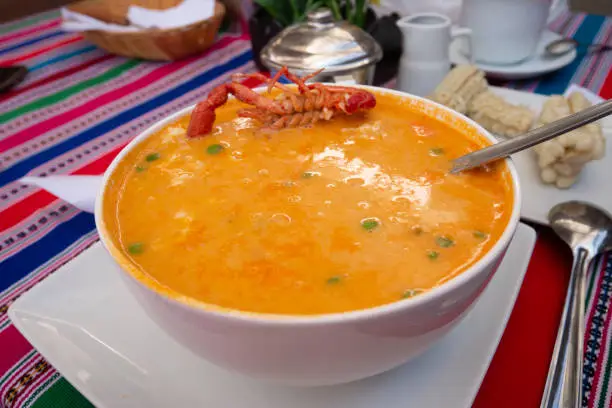
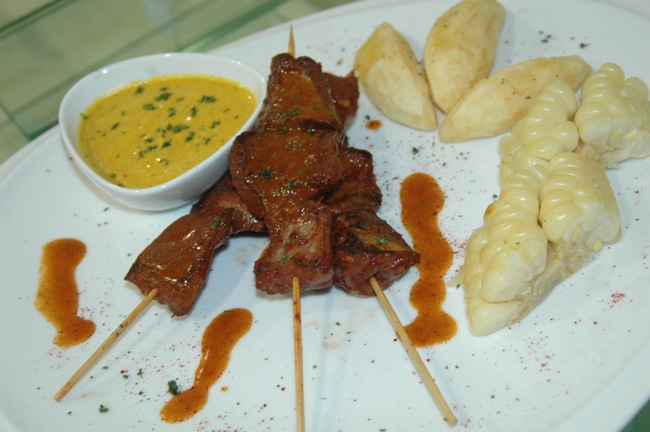
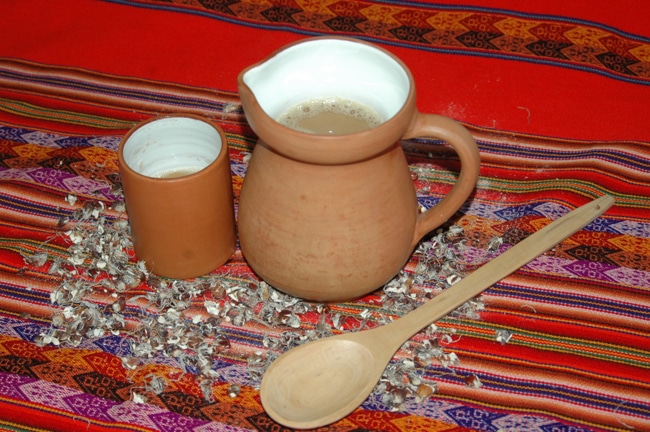
Tips and Safety Considerations for LGBTQ visitors
As mentioned above, same-sex sexual activity is legal in Peru and LGBTQ people are prevented from discrimination under the law, and while equal marriage is not yet the reality. In 2023, 68% of the general public were approving of gay marriage, but the vote was overturned by congress. An appeal is expected to be launched in the coming months.
In rural areas in particular, public attitudes still have a long way to go. While recent legal changes and court rulings, spurred by activism by the local LGBTQ community, have gone some way towards increasing acceptance Catholic teachings still hold strong.
Tips for staying safe in Peru include:
- Keeping it discreet by, for example, accepting twin beds rather than a double or wearing gender-neutral clothes.
- Travelling in a group, especially at night, and avoiding bad neighborhoods. This advice applies to all travelers.
LGBTQ+ Travel Tips & Events
If you’re looking to take part in an LGBTQ+ event in Peru, then you should defiantly head out for Pride. Peru has large Pride parades in the cities of Arequipa, Callao, Cusco, Chiclayo, Iquitos, Lima, Piura, and Trujillo, but the biggest is in the capital.
In 2023, Lima Pride attracted record numbers and was attended by leading politicians. Make sure to check the dates of Pride before booking your trip- there are many celebrations in June, so often the parade is moved to July.
And finally, If you’re travelling to Peru, here are the best tips for LGBTQ people looking to make the most of their trip:
- Use Misterb&b to find an LGBTQ host to stay with. It’s like Airbnb, but your host is LGBTQ so they can show you the scene that most tourists miss and you don’t have to worry about being forced to take a twin room.
- Visit the MATE Museum, which is dedicated to the life and work of openly gay Peruvian fashion photographer Mario Testino
- Look up LGBTQ slang before you go in order to communicate with locals
- Visit the Rainbow Mountain in Cusco
- Get a photo of (or buy) a Cusco flag
- Use apps like Hornet, Pepo, and Blued to meet LGBTQ locals

